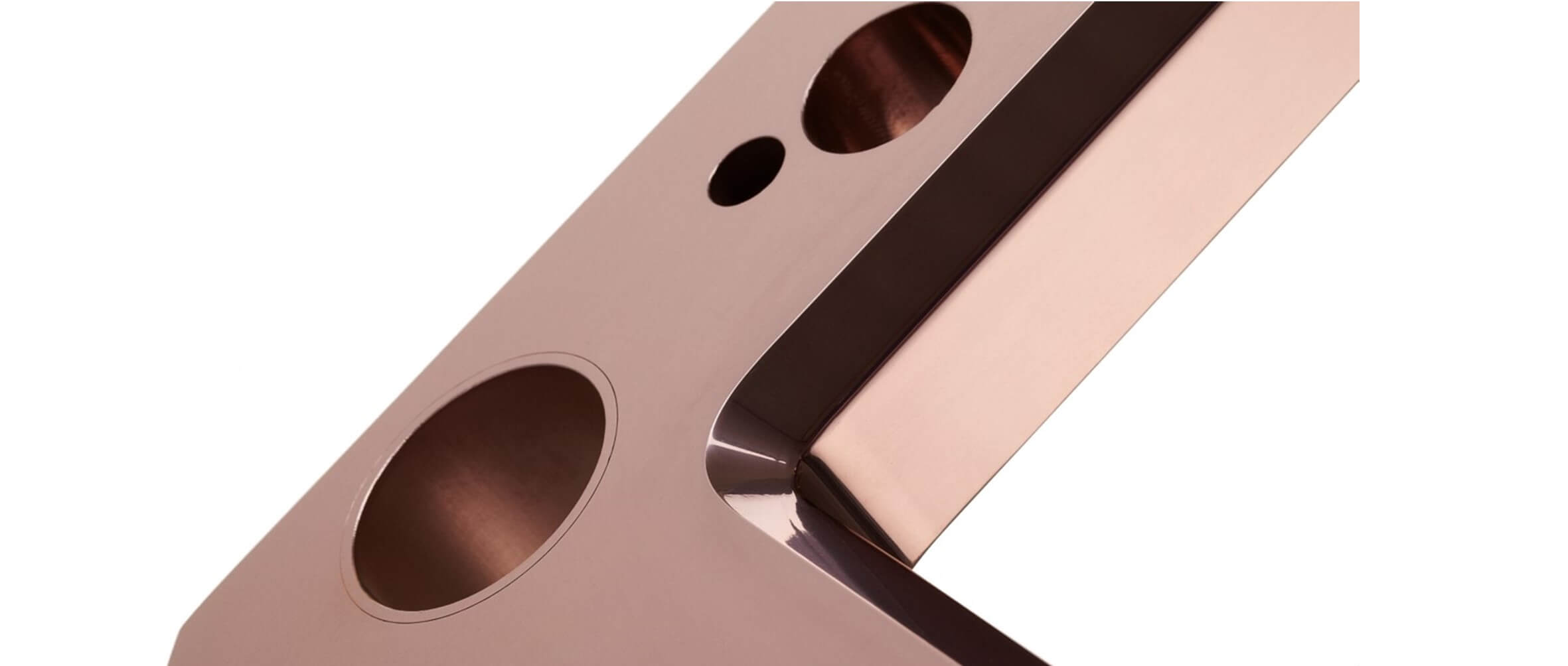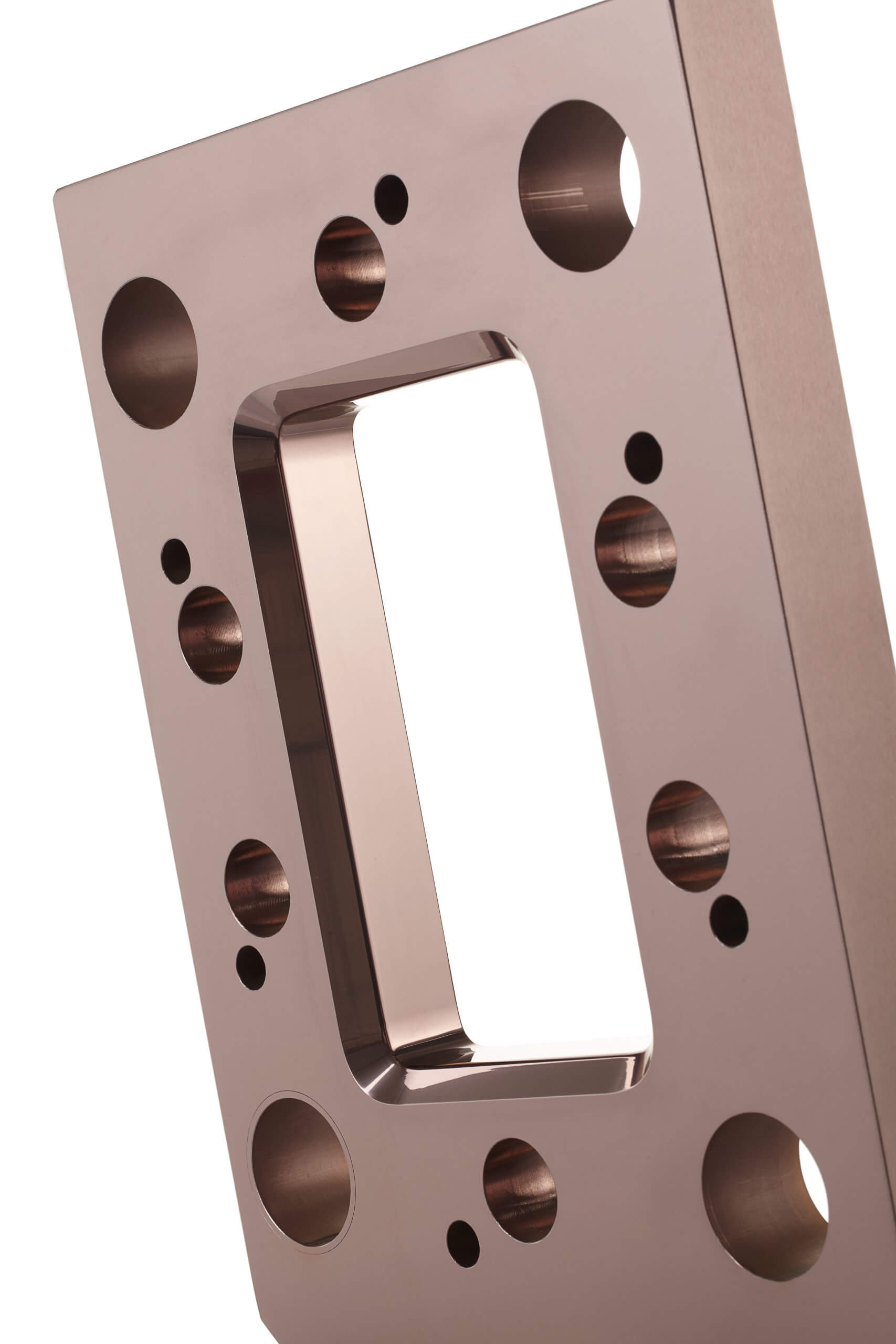
Enhanced Durability: Elevating Dies and Moulds with Duplex Surface Engineering Solutions
Intro: The die and mould industry is the backbone of manufacturing, shaping the intricate components that power our world. As industries like automotive and aerospace demand ever-higher precision and longevity, traditional surface treatments are reaching their limits. Enter Duplex Surface Engineering, a two-step process that combines the strengths of nitriding and PVD coating to create a superior defense against wear, tear, and corrosion. This article explores how Duplex Surface Engineering empowers dies and moulds to achieve exceptional performance and reshape the future of manufacturing.
The die and mould support the creation of intricate and precise components essential for various industries, including automotive, aerospace, consumer goods, packaging, and healthcare. In India, the die & mould sector is expected to witness substantial growth, projected to surge by 10-15 percent in the coming years. This growth is fuelled by increasing localisation trends in the Indian automotive industry, expansion in sectors such as aerospace, defence, consumer goods, EMS, packaging, and the ever-increasing FDIs in various sectors. However, with this growth, customer demands for high-precision tools with excellent surface finishes are also rising. Surface finish in the die and mould industry is critical for achieving high-quality outputs.
Why surface engineering is important?
Surface engineering is crucial in the dies and mould industry, as improper treatment can lead to significant challenges for customers across various sectors, including automotive, packaging, medical, and aerospace. When surface treatment is not executed correctly, it can result in issues such as increased wear and tear, reduced lifespan of the dies and moulds, and compromised product quality. These problems can lead to higher maintenance costs, production delays, and ultimately, customer dissatisfaction.

In the automotive industry, for example, inadequate surface treatment can cause premature failure of moulds used in manufacturing car parts, leading to costly recalls and safety concerns. In the packaging industry, poor surface engineering can result in defects in packaging materials, affecting product integrity and shelf life. The medical industry, which demands high precision and hygiene, may face contamination risks and reduced accuracy in medical devices if surface treatment is not up to standard. Similarly, in the aerospace sector, improper surface engineering can lead to structural weaknesses in critical components, posing serious safety risks.
Therefore, ensuring proper surface treatment in the dies and mould industry is essential to maintain the reliability and performance of products across these diverse industries. A superior surface finish not only enhances the aesthetic appeal of the final product but also plays a crucial role in its functionality, affecting aspects like friction, adhesion, and sealing properties, which are vital for the performance and longevity of manufactured components. One of the most effective methods for achieving this is Duplex Surface Engineering.
Understanding Duplex Surface Engineering
Duplex Surface Engineering is a two-step process that combines Nitriding and PVD coating to significantly enhance the surface properties of die and mould tools.
Duplex treatment = plasma nitriding + PVD coating system in one process
Nitriding is a thermochemical process that introduces nascent nitrogen into the surface of the tool, creating a hard, wear-resistant layer. Nitriding is typically done at a temperature between 500-550°C in a controlled gas atmosphere.
PVD Coating is a vacuum deposition method used to produce thin films and coatings. In this process, material from a solid source is vaporized in a vacuum environment and then condensed onto the substrate to form a thin, hard, and durable coating. PVD coatings are known for their high hardness, excellent wear resistance, and ability to enhance the surface’s aesthetic and functional properties.
This combination results in a superior surface layer that addresses the limitations of single-treatment processes.
Advantages of Duplex Surface Engineering for Dies and Moulds
Combining Nitriding and PVD coating in Duplex Surface Engineering provides several technical advantages:
- Enhanced Wear Resistance: The dual-layer structure significantly improves wear resistance, reducing the frequency of tool replacement and maintenance.
- Increased Surface Hardness: The combined processes result in an extremely hard surface, enhancing the tool’s ability to withstand abrasive conditions.
- Improved Corrosion Resistance: The protective layers formed during duplex treatment offer superior corrosion resistance, extending the tool’s service life in corrosive environments.
- Reduced Friction: The low coefficient of friction achieved through PVD coating minimizes adhesive wear and galling, improving the efficiency of the moulding process.
- Greater Fatigue Strength: The enhanced surface properties contribute to better fatigue resistance, reducing the risk of tool failure under cyclic loading conditions.
- Dimensional Stability and Precision: Duplex treatment maintains the dimensional accuracy of the tools, ensuring consistent and precise production.
Applications in the Die and Mould Industry
Duplex Surface Engineering is particularly beneficial in industries where dies and moulds are subjected to extreme operating conditions.
- Automotive Sector: Enhances the performance and lifespan of stamping dies and injection moulds, leading to higher precision and durability in producing automotive components.
- Aerospace Industry: Provides superior wear and corrosion resistance, ensuring the reliability and longevity of critical aerospace components.
- Consumer Electronics: Improves the surface finish and durability of moulds used in the production of intricate electronic parts.
- Medical and Food & Beverages Industry: Offers enhanced wear resistance and biocompatibility, essential for tools used in these industries, ensuring hygienic and safe production environments.
- Packaging Industry: Increases the lifespan and efficiency of moulds used in creating various packaging materials, contributing to higher production rates and reduced downtime.
Overall, Duplex Surface Engineering plays a crucial role in various sectors by providing tools that deliver superior performance and longevity.
Conclusion
Duplex Surface Engineering represents a comprehensive approach to enhancing the performance of dies and moulds, crucial for the manufacturing industry. By combining nitriding processes with PVD coatings, this technique offers a robust solution to the common challenges of wear and corrosion. The result is a significant extension of the service life of tools, which is vital for the high demands of modern production environments. This synergy of surface treatments not only improves the mechanical properties and durability but also contributes to the sustainability of manufacturing operations by reducing the need for frequent tool replacements
As a global leader in steel and technology, voestalpine Group understands the critical role of high-performance dies and moulds in modern manufacturing. We offer a comprehensive portfolio of innovative steel solutions specifically designed for demanding applications. To complement and further value add to these high-quality materials, voestalpine High Performance Metals India operates in-house heat treatment and surface treatment facilities, including state-of-the-art nitriding and PVD coating capabilities. We partner with our customers to develop and implement the most effective surface engineering solutions for their specific needs.